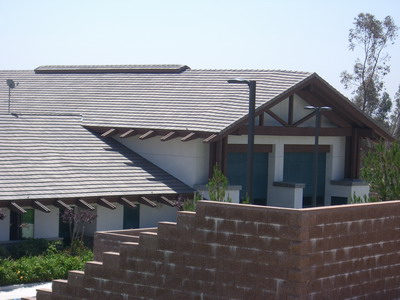
What Is Plastic Roofing?
Plastic roofing is a modern roofing material, and is usually PVC or TPO. PVC is a thermoplastic polymer, while TPO is a thermoplastic olefin. Both are synthetically produced into plastic roofing to provide protection against the elements and energy efficiency.
 |  |  |
The Pros and Cons of Plastic Roofing
Plastic roofing is specially designed to withstand ponding water, because it is welded together with hot air to remove all seams, which prevents the passing of moisture. Also, plastic roofing is able to reflect approximately 90% of UV and other rays. This will lower the absorption of heat and, in turn, heavily reduce your cooling costs. Additionally, plastic roofing is fire-safe and highly suited to low slope roofs. However, plastic roofing has low strength, which means that it is not capable of holding high weight. Plastic roofing also tends to shrink which eventually causes leaks. Contact Roof 101 today to receive lasting plastic roof repair and maintenance services.
Plastic Corrugated Roofing and Plastic Roofing Sheet
Plastic corrugated roofing is the most common profile for plastic roofing. Corrugated plastic roofing sheets are available in an extensive range of sizes, thicknesses, colors, and designs. Thinner plastic roofing sheet is used for domestic garage and small industrial buildings, and is an inexpensive roofing option. Although the thinnest plastic sheet is 200 times stronger than glass, its lifetime is significantly shorter than thicker plastic roofing sheet. Corrugated plastic roofing sheets that are combined with MicroSealant technology have a life span of up to 35 years, and can expand/contract according to temperature fluctuations. And like all corrugated sheets, plastic corrugated roofing allows efficient water run-off.







 Loading Roof101.com...
Loading Roof101.com...